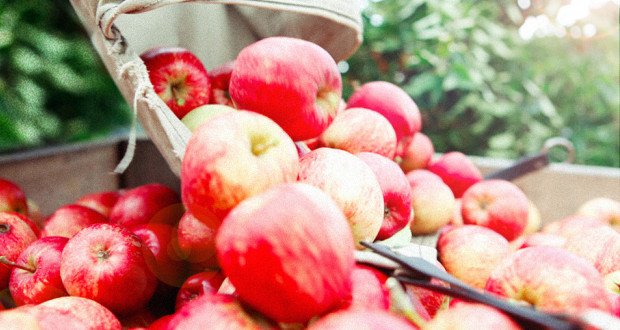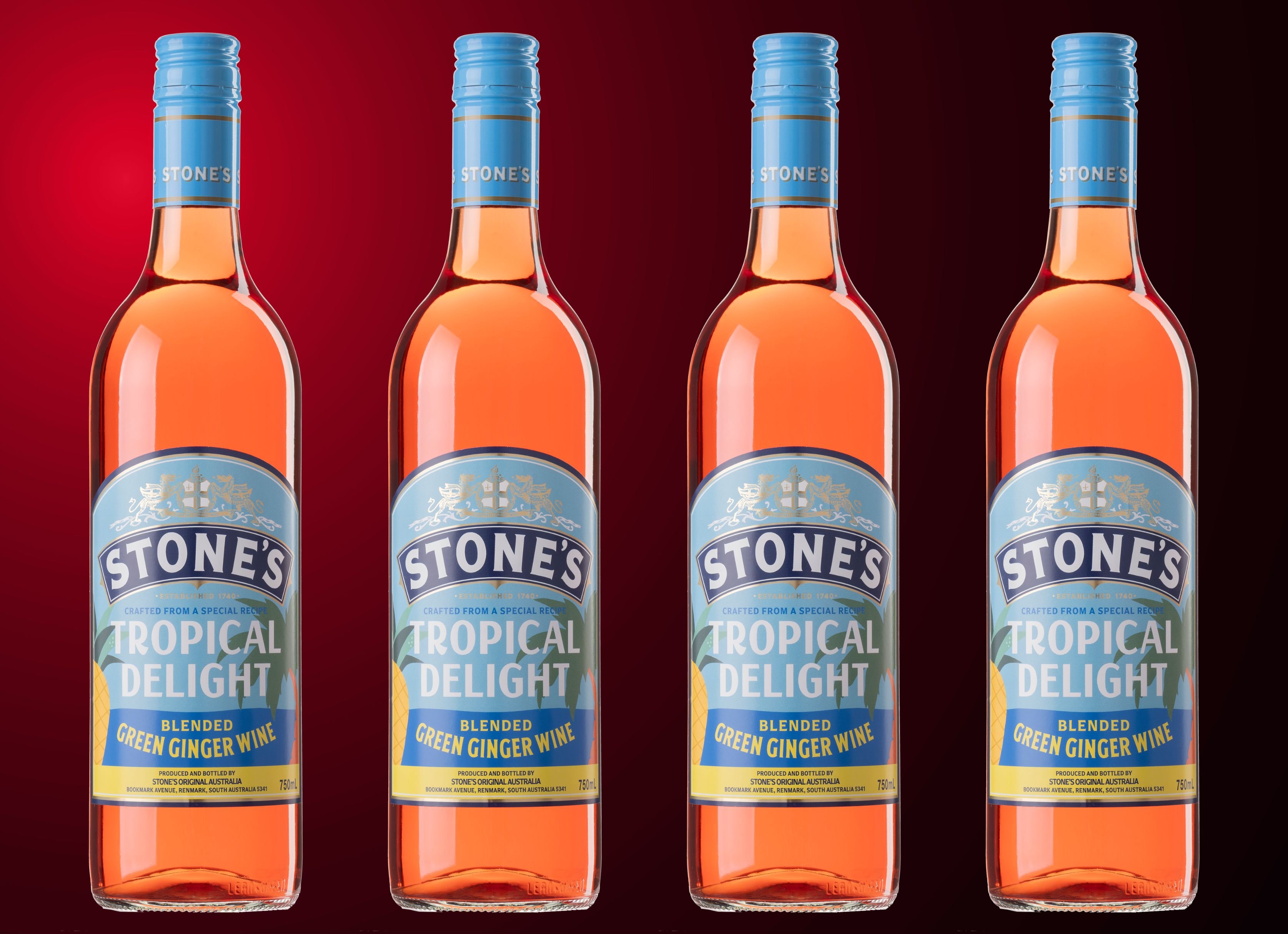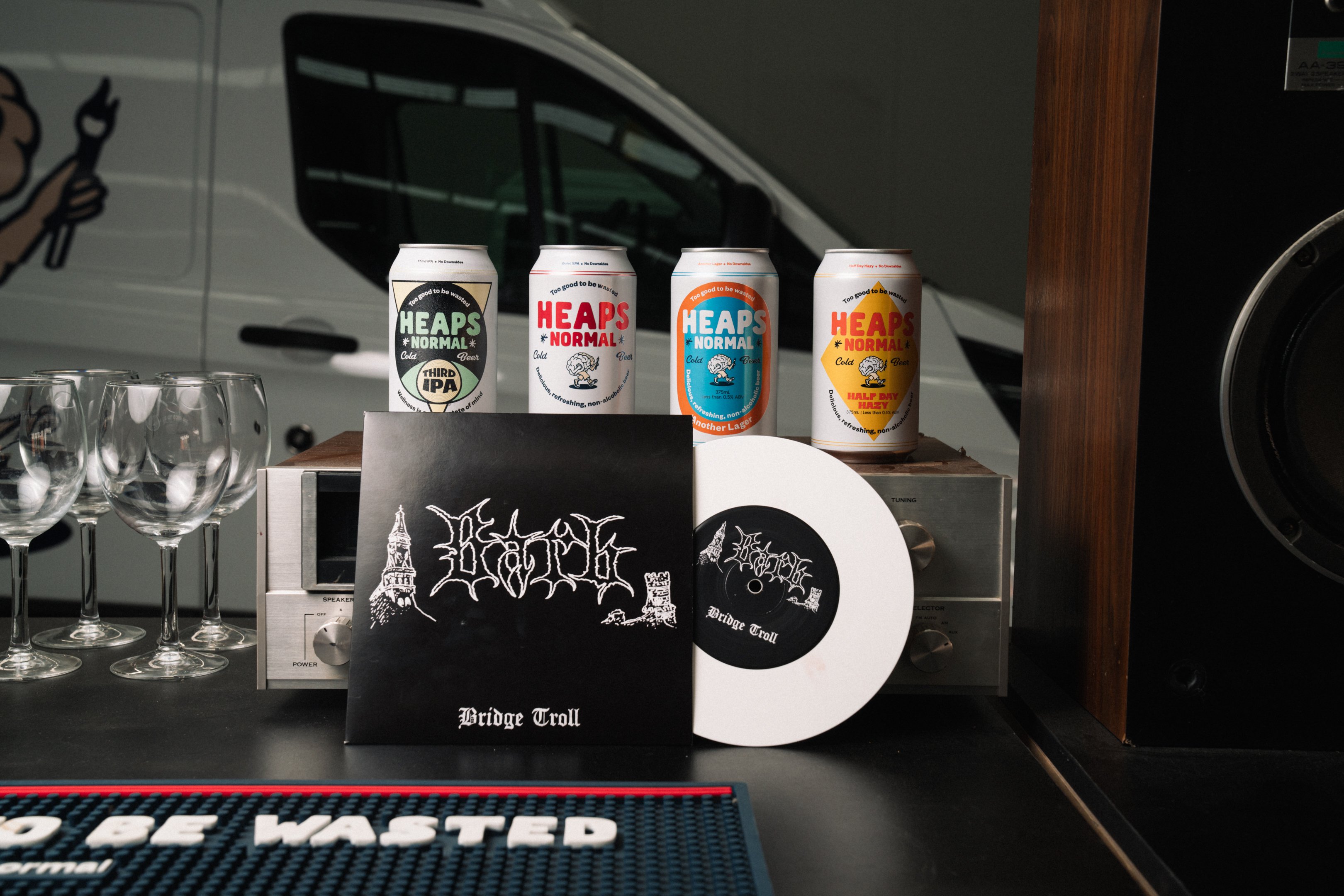Reid told drinks bulletin that margins in cider had been eroded over the last two years since the big brewers adopted a “mainstream beer mentality”, with tough price competition between the leading brands on larger packaged formats.
In a presentation to retailers, Cider Australia argues that in-store segmentation will likely encourage consumption of higher margin ‘craft’ ciders, improving profitability for the retailer.
“Like craft beer, cider needs a way to signify what is a premium offering,” the presentation says.
Cider segmented by regionality?
Cider Australia has explored several different models for category segmentation in-store. The most radical approach would adopt a model of regionality similar to that of wine, where ciders are displayed according to the country and region from where the fruit was sourced.
This would segment the country’s top-selling cider brands into a Chinese section in stores, signalling their production using Chinese apple concentrate.
Reid acknowledges that this approach would be completely unpalatable for the cider category’s power brokers and is therefore unlikely to get across the line.
Instead, Cider Australia currently advocates ‘craft-based cider segmentation’, whereby craft cider is segmented from other cider (mainstream and imported) and cider with added fruit.
Craft targets 20 per cent share
To be considered craft cider, a product must at a minimum be made using 100 per cent Australian-grown apples or pears, Cider Australia says.
The association’s move to target segmentation in-store follows the Federal Government's omission of cider and other alcoholic beverages from its country-of-origin labelling scheme.
The strategy aims to grow cider market value by increasing the share of high margin craft cider from five per cent to 20 per cent by 2025.
Share the content










